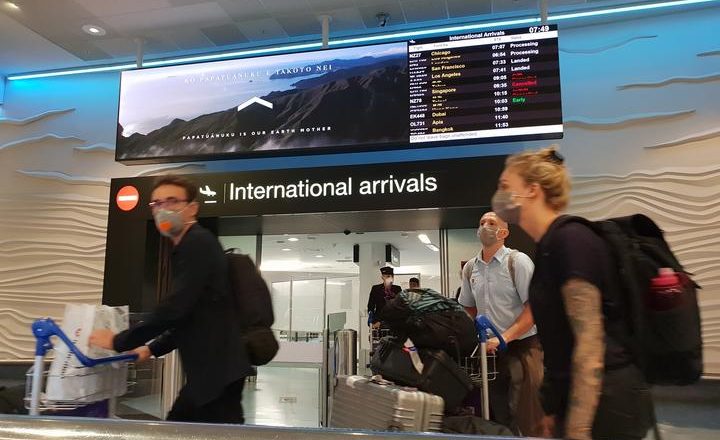ニュージーランドの観光業協会(Tourism Industry Aotearoa:TIA)は、オミクロンが状況を一変させたとして、ニュージーランドの国境再開計画を見直すよう政府に要請しています。
ジャシンダ・アーダーン首相は先週、11月に発表された段階的な再開がオミクロンの出現によって保留となり、今後数週間で現在の国境設定の変更を検討する予定であると述べました。
「前回の計画は、オミクロンではなくデルタに対応するために策定されました。オミクロンがニュージーランドで流行しても、国境を閉鎖したり、海外からの入国者のために自己隔離やMIQを続ける健康上の理由はないでしょう」TIAの広報担当であるAnn-Marie Johnson氏は述べます。
ニュージーランドは、世界と再びつながる必要があるのです。人々は家族や友人と再会することを切望しています。また、旅行は重要なサプライチェーンを支え、コミュニティに活気をもたらし、イベント、食品生産、輸送、サービスなどの他のセクターを支えています。
隔離なし渡航が、国際的なマヌヒリ (マオリ語で客、招待者の意味)をニュージーランドに呼び戻す鍵です。ニュージーランドの国境が隔離や検疫の必要なく海外からの入国者に開放されない限り、観光産業の回復は始まらない、とJohnson氏は述べました。
国際航空会社は現在、2022-23年の夏のスケジュールを決定しています。2月中旬までに国境を開放する計画が示されなければ、ニュージーランドは質の高い国際航空便を失い、回復がさらに遅れる可能性が高い、と彼女は述べています。
世界保健機関(WHO)の勧告では、海外渡航禁止はオミクロンの蔓延を防げず、社会的、経済的ストレスの一因となっているため、解除または緩和されるべきであるとしています。
国際的な傾向として、オミクロンのアウトブレイクのピークは2〜3ヶ月以内に過ぎ去るはずなため、政府はその時期に国境を開放するよう今から計画すべきである、とJohnson氏。
「ニュージーランド国民も観光業者も、今後数ヶ月は厳しい状況に直面することが予想されますので、今こそ復興に向けた計画を立てるべき時なのです。明確なオミクロンの国境開放計画が必要です。私たちは、パンデミックがどのように展開されるかについて、計画を立てるための本格的な作業を正当化するのに十分な情報が得られていると考えています。TIAは業界を代表し、政府と協力してこれを支援することを強く望んでいます。」
ニュージーランドの国境規制の緩和と撤廃は、慎重なリスク評価に基づいて行われなければなりませんが、もしオミクロンが地域社会に定着すれば、国境を閉鎖することが今後の主な管理手段になる可能性は極めて低い、とJohnson氏は述べています。
「国境を越えてくる人物を管理することは、自国民の行動や決断を管理するよりも容易であるため、海外からの入国者がもたらすリスクは小さく、管理しやすいはずです」
「一歩一歩のプロセスであることは承知していますが、前に進むための最善の方法は、ニュージーランド国民を保護するという重要な目的を果たすための規制がなくなった時点で、アオテアロア・ニュージーランドの国境を再開するための計画を立てることです。」



























































